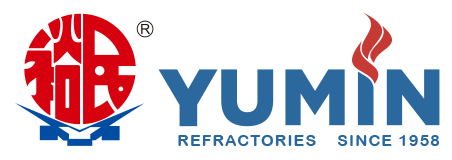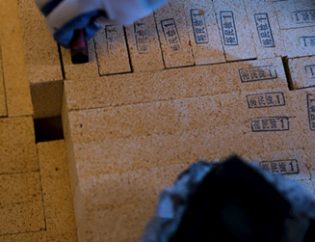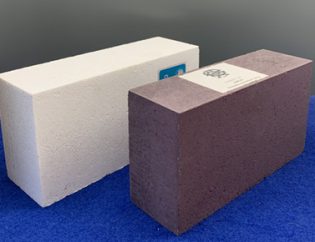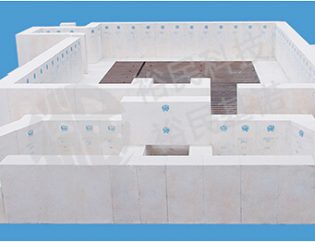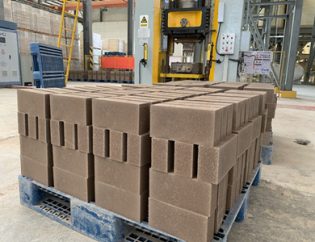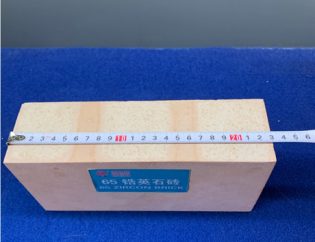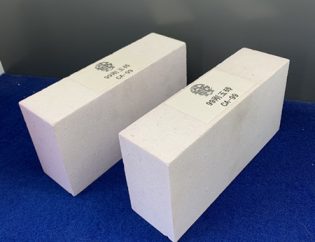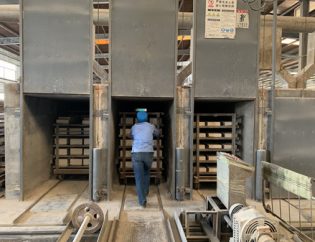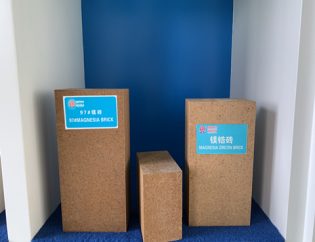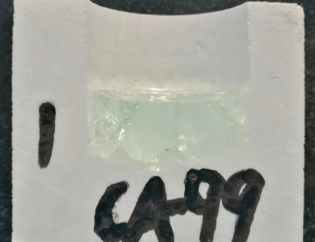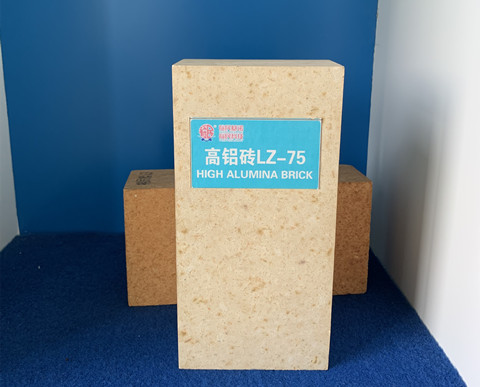
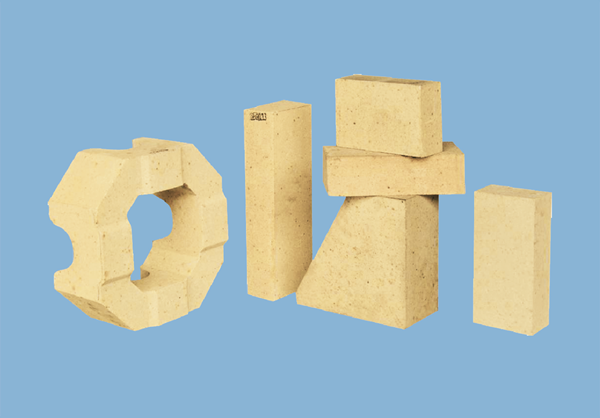
Starting from the thermoelastic theory, the smaller the elastic modulus of the material, the greater the strength, the greater the thermal conductivity, and the better the thermal shock resistance of the refractory product. The energy theory believes that when the product has a higher fracture surface energy, the thermal shock resistance of the refractory materials can be improved. That is to say, when the refractory has fine pores, which causes the product to generate greater internal stress when the temperature changes, and when more internal energy is stored, the product can produce fine cracks, which may cause damage to the product. The energy released can greatly improve the thermal shock resistance of the refractory product, that is, the intentional introduction of micro-cracks in the product minimizes the extent of crack propagation and is one of the ways to improve the thermal shock resistance of the alumina refractory bricks.
For example, the spalling-resistance high alumina bricks used for cement kilns, after a small amount of ZrO2 is added to the ingredients of high alumina bricks, the phase change of ZrO2 makes many tiny cracks form in the alumina product. When temperature changes produce thermal stress, these tiny cracks may release the energy that leads to the destruction of refractory materials to improve the thermal shock resistance of high alumina bricks.
Yumin has always focused on supply high-quality refractory materials for more than 62 years, here below are the TDS of our High Alumina Bricks, there are many different types and classified by the content of Al2O3, different applications have different requirements for the chemical and physical properties of alumina bricks.
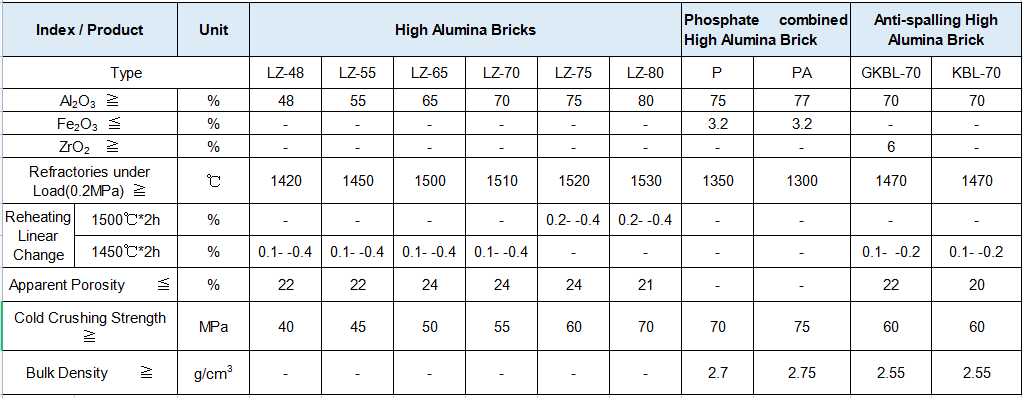
If would like to learn the price for the different types of high alumina bricks, feel free to send an inquiry to us.
